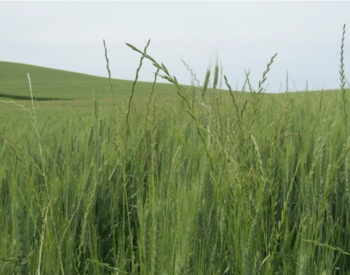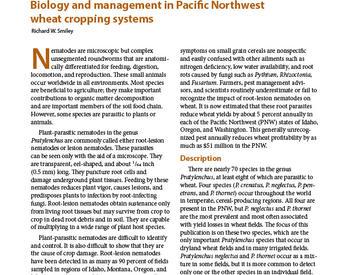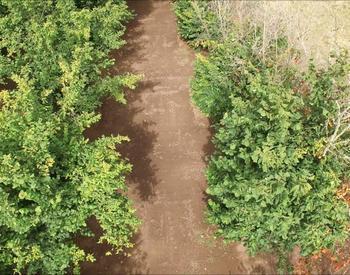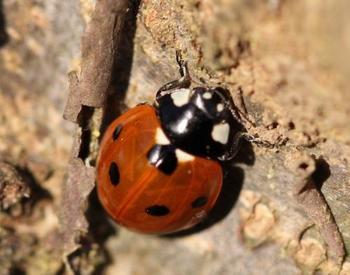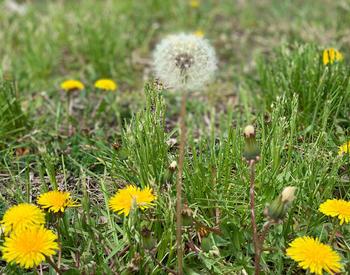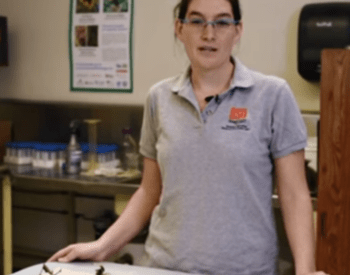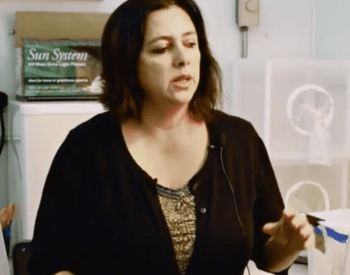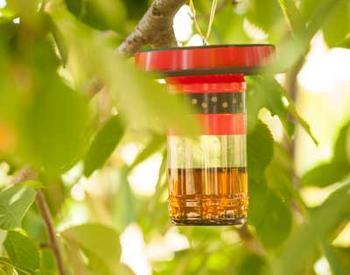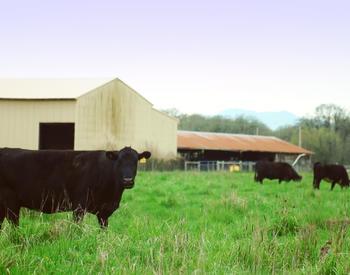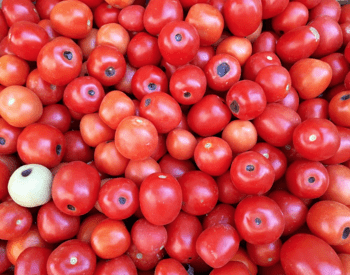Transcript
[Music] Hazelnut growers face a lot of pressure from insect pests in their crops. Damage from insects is one of the main reasons for product rejection or yield loss in hazelnuts. But not every insect in the orchard is a pest; in fact, many insects found in the orchard can help to prevent or reduce pest problems. Tiny allies are an important part of any IPM plan by reducing the need for pesticide applications. [Music]
There are two aphid species that cause issues for growers: hazelnut aphids and filbert aphids. Hazelnut aphids are typically darker in color, though there is high variation. Late season, they have well-developed cornicles, long legs, and are generally more mobile than the filbert aphid, preferring to feed in trichome-heavy areas such as the husks and petioles. Filbert aphids are a very light green color, have very short legs, are not highly mobile, and do not have visible cornicles. The filbert aphid is found almost exclusively on the undersides of leaves. Regarding shape, the hazelnut aphid is more plump and pear-shaped, while filbert aphid bodies are more elongated.
Stink bugs are a new pest for hazelnut growers in Oregon. Brown marmorated stink bug is an invasive pest that can damage kernels at all stages of development, including after the shell hardens. Brown marmorated stink bug adults are shield-shaped and flat and have a modeled pattern. The immature stages are black and orange with black and white striped legs and no wings. There are many stink bugs in Oregon, but only Brown marmorated stink bugs are a problem in hazelnuts.
Now that we know some of the key pests, let's look at some of the beneficial insects that can help manage those pests. Parasitic wasps are an ally in a crop system. These wasps lay their eggs on or inside another host insect. After the egg hatches, the wasp larva will feed on the host as it develops, killing the host insect. When numbers are high, they can effectively reduce pest populations. Trioxys pallidus is a parasitoid that attacks filbert aphid and hazelnut aphid. Because they are very tiny, they are hard to see, but you can find evidence of them by looking for aphid mummies. Aphid mummies are the dry, dead husk that results from the aphid being parasitized by trioxys and other parasitoids. Samurai wasp is a parasitoid that attacks Brown marmorated stink bug. The wasp lays its eggs inside the stink bug eggs. The larva will spend almost its entire life inside the stink bug egg, eating and growing before emerging as an adult wasp.
One of the most fearsome predators in the orchard is the hoverfly larva. Even though they lack eyes or a complete head, they quickly track down aphids and other pests. Hoverfly larvae feed on aphids, consuming them entirely before searching out their next victim. Adult hoverflies look similar to bees and get their name from their ability to hover in one spot in the air. Lacewing larvae are the tiny tigers of the orchard. They move quickly and will search out aphids and other small prey before piercing them with their oversized mandibles. Their mandibles are hollow and act as straws that allow them to suck out the juices of their prey. Adult lacewings are green or brown and have wings with patterns that resemble lace.
Many people know ladybugs are good predators of aphids, but often they don't recognize the larval stage. Ladybug larvae are black and rough like a tiny alligator roaming the surface of plants looking for prey. Ladybug larvae have a voracious appetite and will eat almost everything in front of them, making them effective natural enemies in many agricultural systems. Minute pirate bugs are also common but, because of their size, are not easily seen. They use their needle-like mouth to pierce insect prey and feed on their juices. Assassin bugs also have a needle-like mouth. They move slowly but can grab prey quickly and hold them while they feed with their strong legs.
Not all spiders spin webs. Many spiders will move around to search out prey, while others will sit and wait on leaf surfaces. Orchards are complex ecosystems with lots of different organisms, including pests and beneficial insects. Together, natural enemies can provide pest management services throughout the growing season on a variety of key pests. When making pest management decisions or creating an IPM plan, consider how your actions may affect the natural enemies that are contributing to keeping pest populations in check. [Music]
Biocontrol, also known as biological control, uses living organisms to control pests. Biocontrol is a key part of any integrated pest management plan. Learn about some of the key pests in hazelnut orchards and the tiny friends of the orchard that consume them. This video was produced by the Oregon IPM Center with support from the USDA NIFA CPPM EIP program. Learn more




